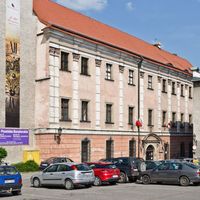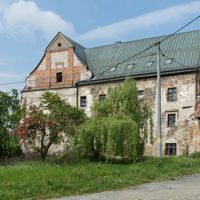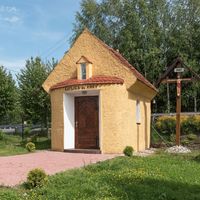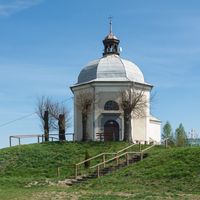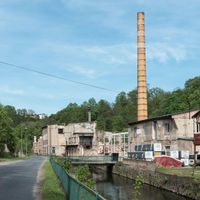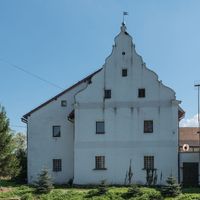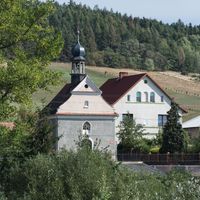Bardo Mountains
8.03
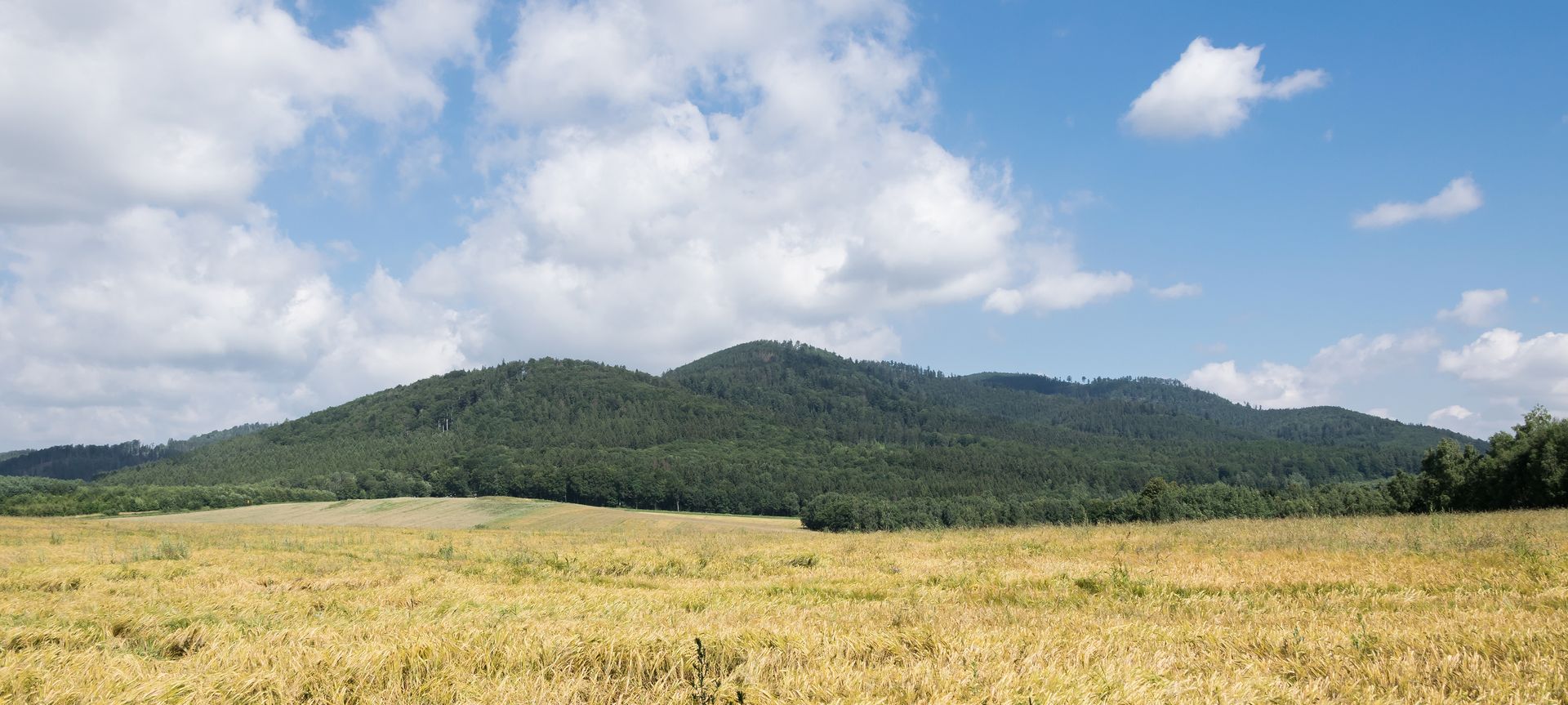
Overview
The Bardzkie Mountains are a mountain range in the Middle Sudetes, known for their alpine orogeny, which resulted in the formation of a complex terrain. This area is characterized by diverse geological structures, dominated by Paleozoic quartz slates and other rock formations. The highest peaks, such as Szeroka Góra (765 m above sea level) and Kłodzka Góra (757 m above sea level), are popular destinations for hikers. The region is also known for its numerous stream valleys, including Grodzisk, Długi Potok, and Jasionowiec, which add to the picturesque landscape. The fauna and flora of the Bardzkie Mountains are rich—forests are home to species such as deer, roe deer, and mouflon, while rare bird species like the black stork and hazel grouse can also be found. At higher elevations, interesting plant species such as mountain arnica and martagon lily thrive, and there are protected areas as well. The local culture is enriched by numerous sanctuaries, such as the Marian Sanctuary in Bardo, which includes a monastery with a museum. It is also worth noting the presence of a calvary on Bardzka Góra, known for its Baroque chapel. From a tourist perspective, the Bardzkie Mountains offer hiking and cycling trails, as well as attractions like the 16th-century stone bridge over the Nysa Kłodzka River and historical sites, including Prussian forts and remnants of fortifications. The region is also well-connected, with international railway routes and roads linking important towns such as Bardo and Kłodzko. An interesting fact is that the Bardzkie Mountains are not only a beautiful destination for tourism but also an area with a rich geological and cultural history, captivating visitors with its pristine nature and unique architectural formations.
Location
2025 Wizytor | All Rights Reserved
